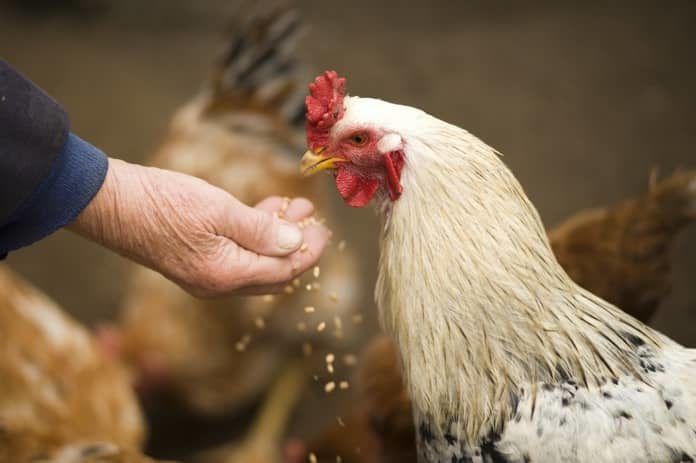To better understand infectious diseases, researchers recently explored the factors influencing the transmission of avian influenza, or bird flu.
Several diseases transmitted from animals to humans, or zoonoses, have emerged in recent decades. Although we understand why they spread after their emergence, we fail to be proactive and understand the factors contributing to their spread in order to prevent them. A recent paper published in the Archives of Public Health uses avian influenza in China as an example to examine the factors that contribute to the transmission of infectious disease.
Changes in the Population
After emerging in China 1996, the highly pathogenic avian influenza H5N1 virus began to spread to other countries, and between 2004 and 2006 it spread to 60 countries in Asia, Europe and Africa. With an increasing number of the population living in urban settings, fewer people are able to raise their own poultry (which includes chicken and duck). This, along with a growing population, and the tendency of wealthier people to eat more animal products as a source of protein results in increased production of poultry.
Changes in Connectivity
Another key factor in the spread of H5N1 is domestic ducks. Domestic ducks are attributed to the transmission of the virus to poultry, as ducks infected with the virus often remain asymptomatic and then shed the virus. Furthermore, in China live-poultry is traded between markets hundreds of kilometres apart. Combined with the increase in production of poultry, there are many opportunities for the virus to come into contact with a lot of poultry and many humans, allowing it to spread.
In terms of wild birds, the Poyang Lake area has 75 species of wild water birds which comprise the approximately half a million water birds that use the lake. These birds are also a primary reservoir for avian influenza in the wild. A previous study that used GPS to track poultry and wild birds, and showed domestic ducks and wild water birds from the lake fed in the same surrounding area, which is largely used for rice farming, producing a possible transmission site for the viruses.
The findings of this paper, although highly specific to China, can provide a background to understanding other disease emergences such as the Middle-East Respiratory Syndrome, Q-Fever, and a new H5N1 following an increase in camels in the Middle East, goats in the Netherlands, and ducks in France, respectively. Improved farming, market, and industrialization practices aimed at improving the health of the animals would be beneficial in preventing the spread of avian influenza between animals and to humans.
Written by Monica Naatey-Ahumah, BSc
Reference: Marius Gilbert, M., Xiao, X., and Robinson, T.P. (2017). Intensifying poultry production systems and the emergence of avian influenza in China: a ‘One Health/Ecohealth’ epitome. Archives of Public Health, 75 (48) https://doi.org/10.1186/s13690-017-0218-4



